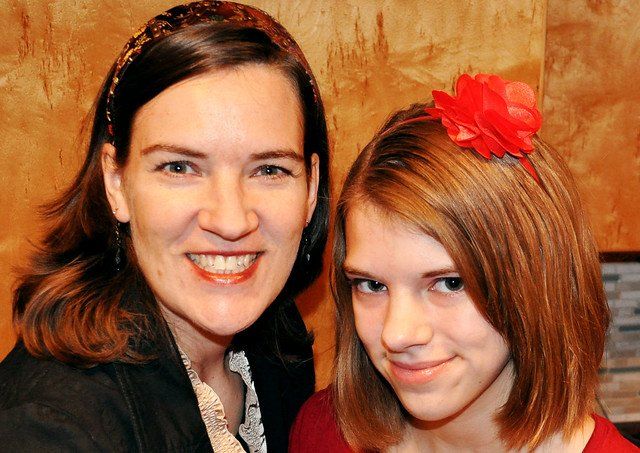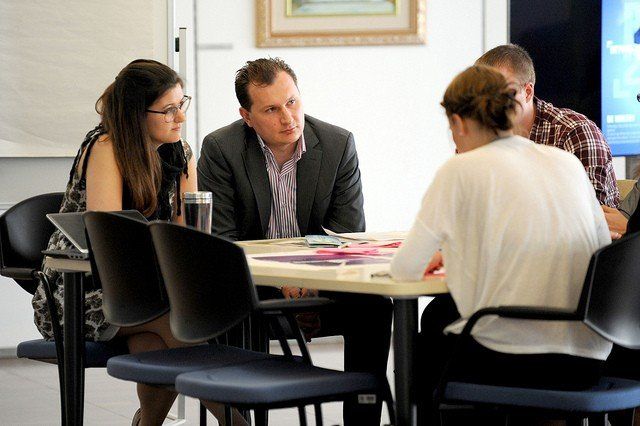New technologies analyze brain chemistry to develop treatments for autism
- By Loretta Boronat
- •
- 03 Sep, 2015
- •
Centers for Disease Control and Prevention (CDC) recently estimated that about 1 in every 68 children are diagnosed with some level of ASD (autism spectrum disorder) and boys are nearly five times more likely to have it than girls. This proves true across all ethnic, racial, and socioeconomic lines.
“Autism” doesn’t just refer to one, but a full spectrum of disorders characterized by a difficulty in communicating with others and the tendency to engage in repetitive and restrictive behaviors. At one end of the broad range of the spectrum we have individuals like Matthew Gonzalez who require constant care and supervision; and on the other, we have people who have autism but are very high functioning. This makes a “one-size-fits-all” approach when it comes to diagnosis, research, or even treatment impossible and ineffective; and it leaves individualized treatment as the only way to go. The latest approaches in the field that researchers like Lucina Q. Uddin at the University of Miami’s Center for Autism and Related Disabilities have come up with focus on young children and use new technologies to analyze behavior, brain chemistry, and treatment models. To read more about the latest research, click here…










